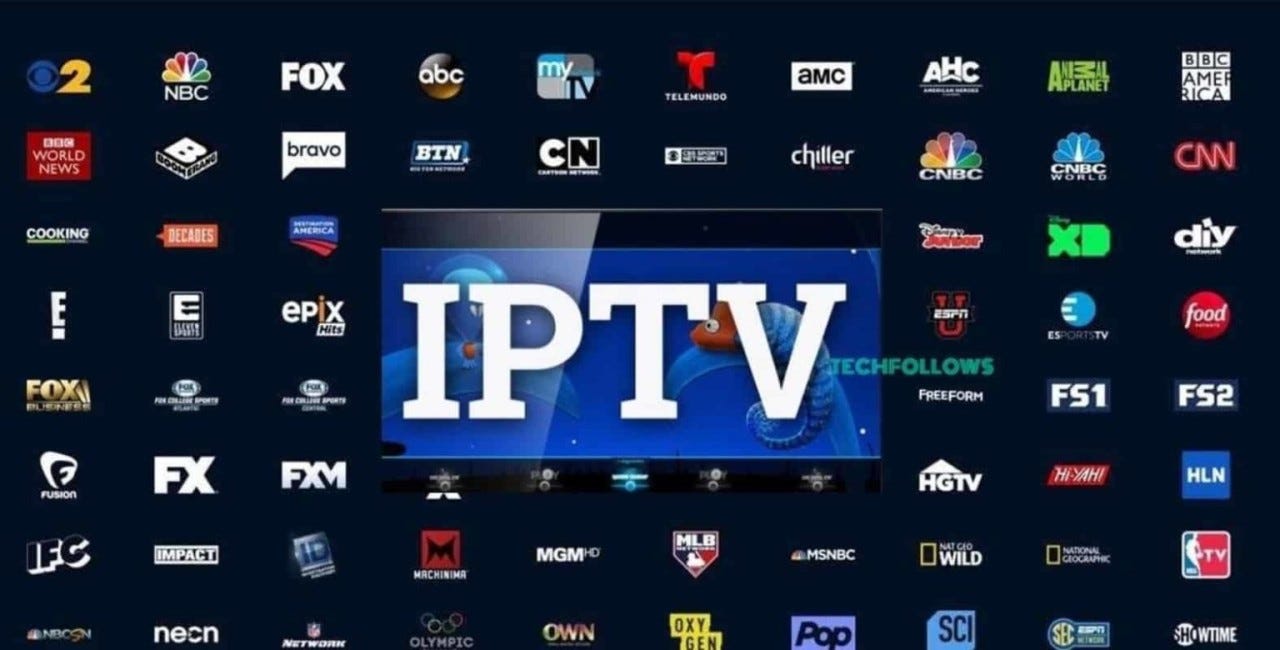Experience Seamless Streaming: Register For Our IPTV Subscription
Experience Seamless Streaming: Register For Our IPTV Subscription
Blog Article
How IPTV Functions: A Step-by-Step Guide to Net Protocol Tv Technology
Net Procedure Tv (IPTV) has changed the method we eat tv web content, supplying a brand-new world of possibilities via the power of the web. Understanding the details of exactly how IPTV functions can clarify the modern technology that drives this innovative form of media shipment. From the basic concepts of IPTV to the complex process of content shipment, each action plays an essential function in ensuring a seamless viewing experience. In this guide, we will certainly reveal the underlying mechanisms that make IPTV an interesting blend of technology and enjoyment.
IPTV Basics
In comprehending IPTV fundamentals, it is crucial to comprehend the fundamental workings of this technology in delivering television material over the web. IPTV, which means Web Procedure Television, utilizes Web Method (IP) networks to send tv material to individuals' devices. Unlike traditional approaches of relaying tv material through cable television or satellite signals, IPTV streams media through high-speed internet connections.

In addition, IPTV permits interactive capabilities, such as video clip on demand (VOD) and electronic program overviews (EPG), improving the user experience by giving more control and flexibility in accessing content. On the whole, comprehending the basics of IPTV establishes the foundation for discovering its advanced capabilities and the benefits it offers to modern-day television usage.
Content Distribution Refine
Reliable content distribution in IPTV systems involves a well-structured procedure that makes sure seamless transmission of television content over IP networks. The content shipment procedure in IPTV starts with the creation of the video clip content, which is after that inscribed right into digital style suitable for IP transmission. This inscribed web content is then firmly stored on servers understood as media web servers. When a customer demands certain web content, the IPTV system obtains the asked for information from the media servers and supplies it to the viewer's tool over the internet.

Middleware Performance
With the integration of middleware, IPTV systems gain improved functionality that enhances individual communication and material management. One of the crucial functions of middleware in IPTV is to allow personalized customer experiences by providing attributes such as interactive program guides, video-on-demand solutions, interactive marketing, and customer preferences management.

Tool Compatibility
Offered the essential duty of middleware in making it possible for smooth communication and web content monitoring in IPTV systems, a critical facet to think about is the compatibility of tools made use of for accessing the IPTV services. Tool compatibility is essential for ensuring a smooth user experience and ideal performance when accessing IPTV content.
In the context of IPTV, tool compatibility describes the capability of a gadget to efficiently connect with the IPTV solution, present content correctly, and sustain the essential procedures and codecs for streaming video clip web content over the net. Various devices, such as smart Televisions, set-top boxes, mobile phones, tablets, and computer systems, might have varying levels of compatibility with IPTV solutions.
To make sure a seamless watching experience, it is very important for users to pick gadgets that work with the specific IPTV our website solution they are using. Additionally, IPTV solution companies should supply support for a vast array of tools to provide to the diverse demands of their individual base. By focusing on gadget compatibility, both users and provider can enhance the general IPTV experience.
High Quality of Solution (QoS)
Thinking about the crucial duty of maintaining a high criterion of efficiency and dependability in IPTV systems, guaranteeing regular Quality of Solution (QoS) remains a basic aspect of the individual experience. QoS in IPTV describes the ability of the system to provide web content with marginal interruptions, high resolution, and quick filling times. To attain optimal QoS, various aspects require to be resolved. Network data transfer is essential to sustain top notch video clip streaming without buffering or pixelation. Additionally, latency, jitter, and package loss must be lessened to improve the viewing experience.
Provider utilize QoS systems such as web traffic prioritization, buffering, and error adjustment to preserve a stable IPTV service. By focusing on IPTV website traffic over much less time-sensitive data, service providers can guarantee smooth playback even during peak use hours. Buffering assists make up for network fluctuations, while mistake correction strategies improve data integrity.
Continual tracking and optimization of QoS parameters are vital to adapt to transforming network conditions and user needs. Eventually, a robust QoS structure is crucial for providing a seamless and delightful IPTV experience to individuals.
Conclusion
In verdict, IPTV runs through the transmission of tv content over web method networks. Quality of Service plays a critical role in keeping the efficiency and dependability of IPTV solutions - IPTV subscription.
Report this page